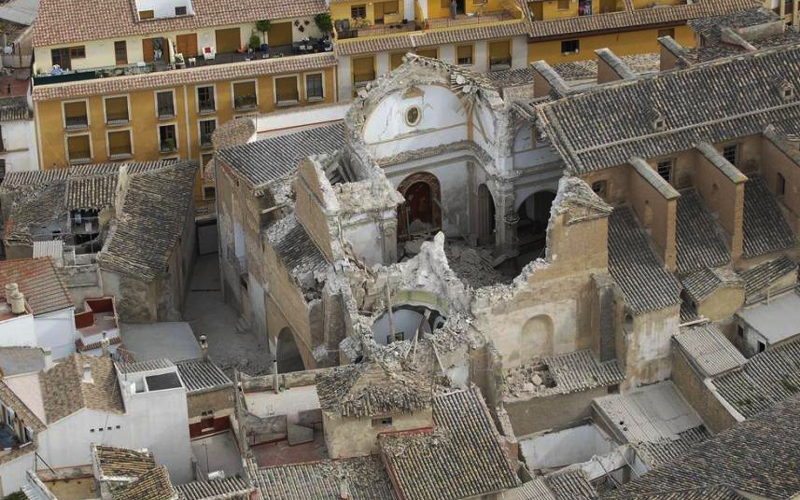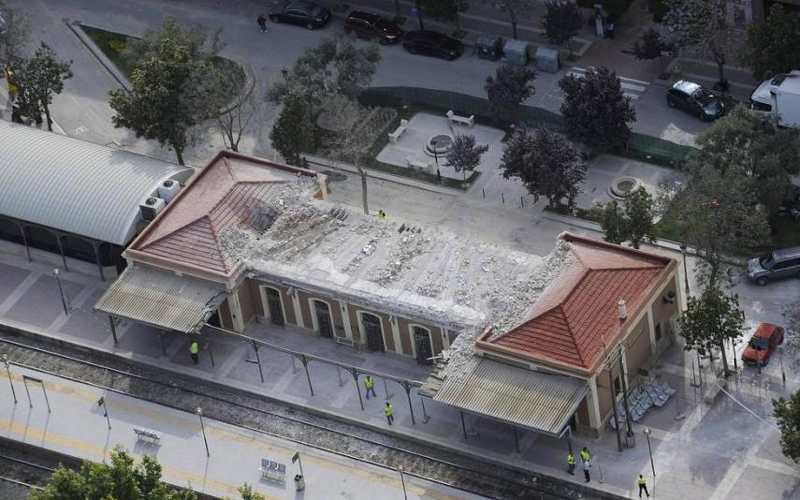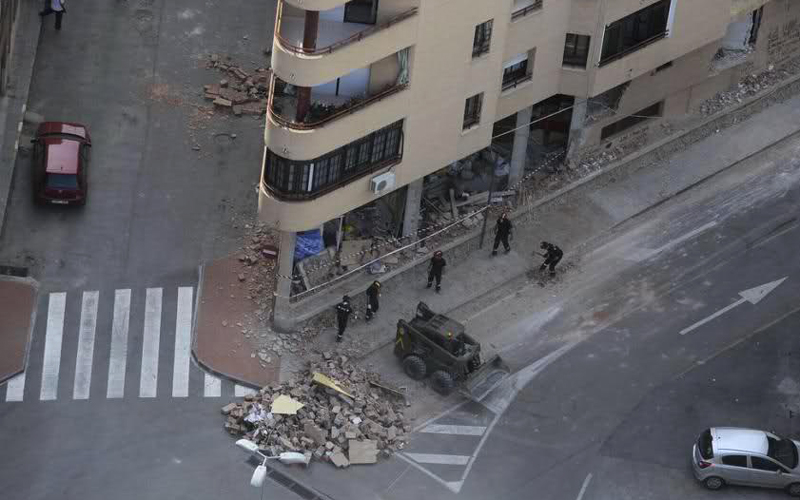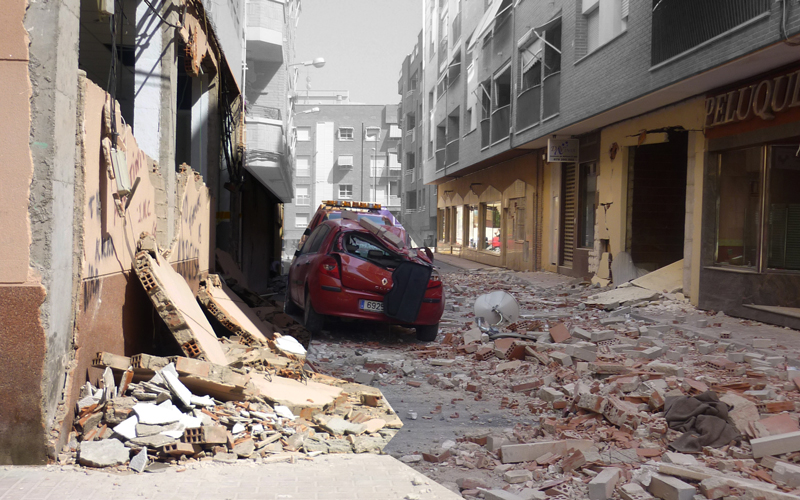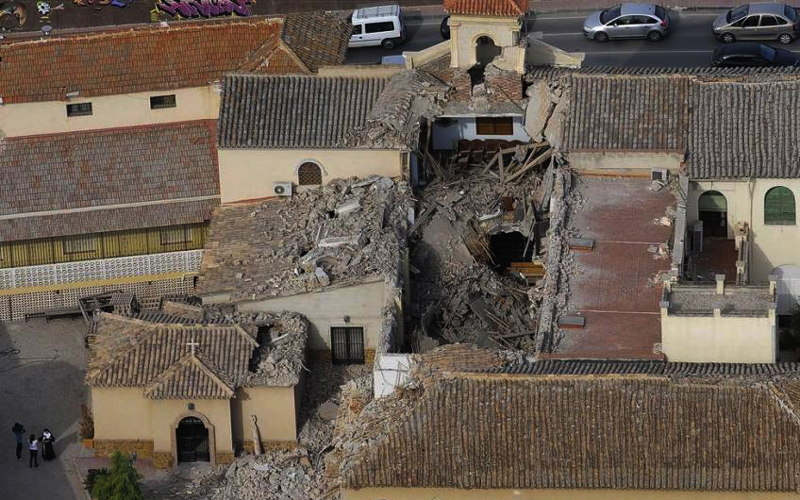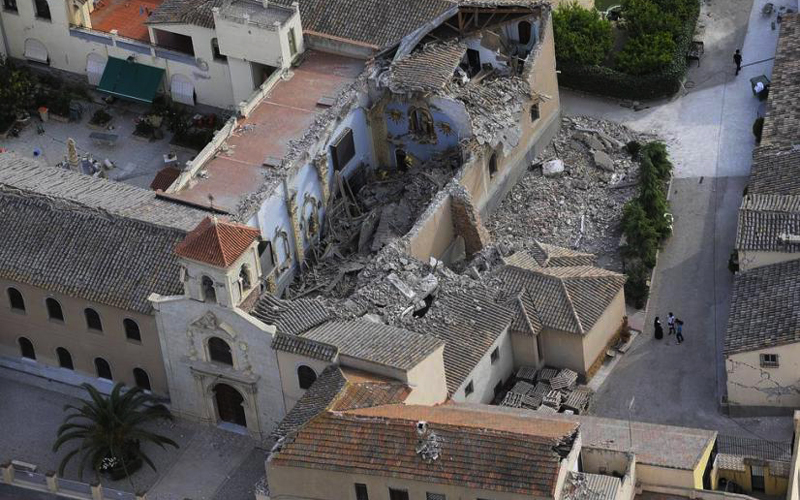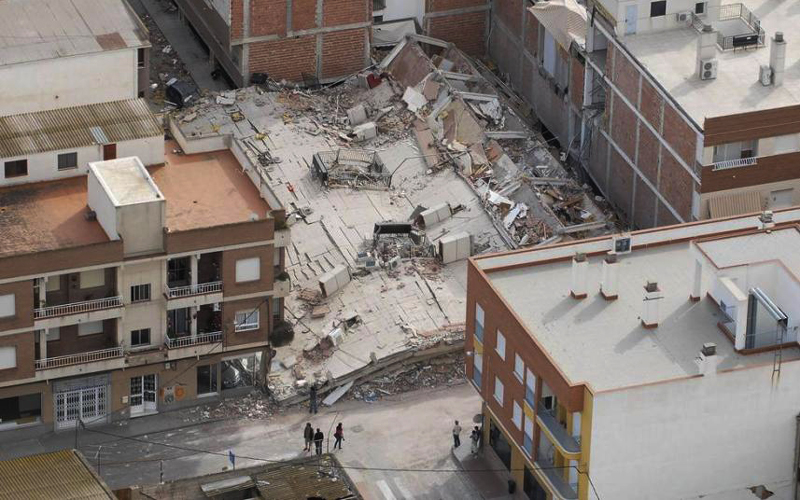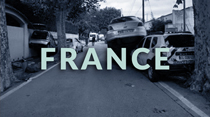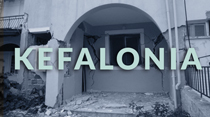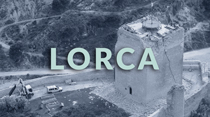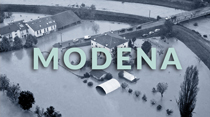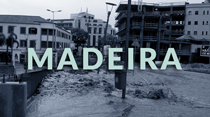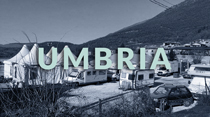The Lorca Showcase in a nutshell
The 2011 seismic events in a medium size town in SE-Spain
On 11 May 2011, an earthquake of magnitude M 5.2 shook Lorca (Murcia region, SE-Spain) causing strong damage, 9 fatalities and more than 300 injured in the town of Lorca with a population of around 60,000. Nearby towns and provinces were not seriously affected. The main shock took place at 16:47:25 UTC and was preceded by a large M 4.5 foreshock at 15:05:13 UTC. Aftershock activity was widely felt by the population, with the strongest aftershock occurring more than three hours later after the main shock, at 20:37:45 UTC and reaching M 3.9.
Within the town of Lorca the effects were concentrated in several areas where around 40% of buildings were damaged. The city suffered relevant damage reaching VII EMS98 Intensity. Only one building collapsed while about 1164 were seriously damaged including residential, cultural heritage, schools, government buildings, healthcare, security facilities, etc. In the historical center of the town 16% of buildings were damaged. Historical heritage was severely affected, including old churches and medieval wall towers.
Despite the moderate Mw 5.2 magnitude of the 2011 earthquake, the city of Lorca suffered relevant damage. More than 50,000 people were evacuated with 24,000 dwellings affected which implied mobilizing local, regional, and national resources in the post-emergency phase. After nearly eight years the recovery phase is still going on.
Damage to religious architectural cultural heritage was severe. The collegiate church of San Patricio and the churches of San Francisco, Santiago, Santo Domingo, Las Clarisas Monastery were affected among many others including some chapels. The Lorca municipal archaeological museum suffered serious damage to its structure and its exhibits.
Available data and expected uses of data
The Lorca 2011 event in SE-Spain can be considered as representative of a situation for many countries in Southern Europe when a medium size earthquake hits a medium size town. Although the event was of moderate size, the total losses caused by the Lorca earthquake are estimated by the Spanish Insurance Compensation Consortium at 1,000 million Euros (only about 50% losses were insured).
The estimation of damage and losses involved many different administration departments and agencies (European, national, regional, and local levels), the Church (bishophric of Cartagena), and private actors as well. This implied a mobilization of widely distributed resources in the post-emergency and recovery phases.
At the same time, the sinistrality in Lorca was very complex involving immense efforts of the appraisers to complete the necessary information for claims. Whether a systematic practice was always followed in the damage/losses evaluation reports is not always the case.
The above aspects make the Lorca case well suited for a number of applications such as: a) improving the knowledge on the precise concepts of damage and losses in different sectors, b) analyzing how widely distributed data could be harmonized and managed in coordinated fashions, c) analyzing in detail the compilation of data and subsequent data management in relation to sectors such as business and cultural heritage.

